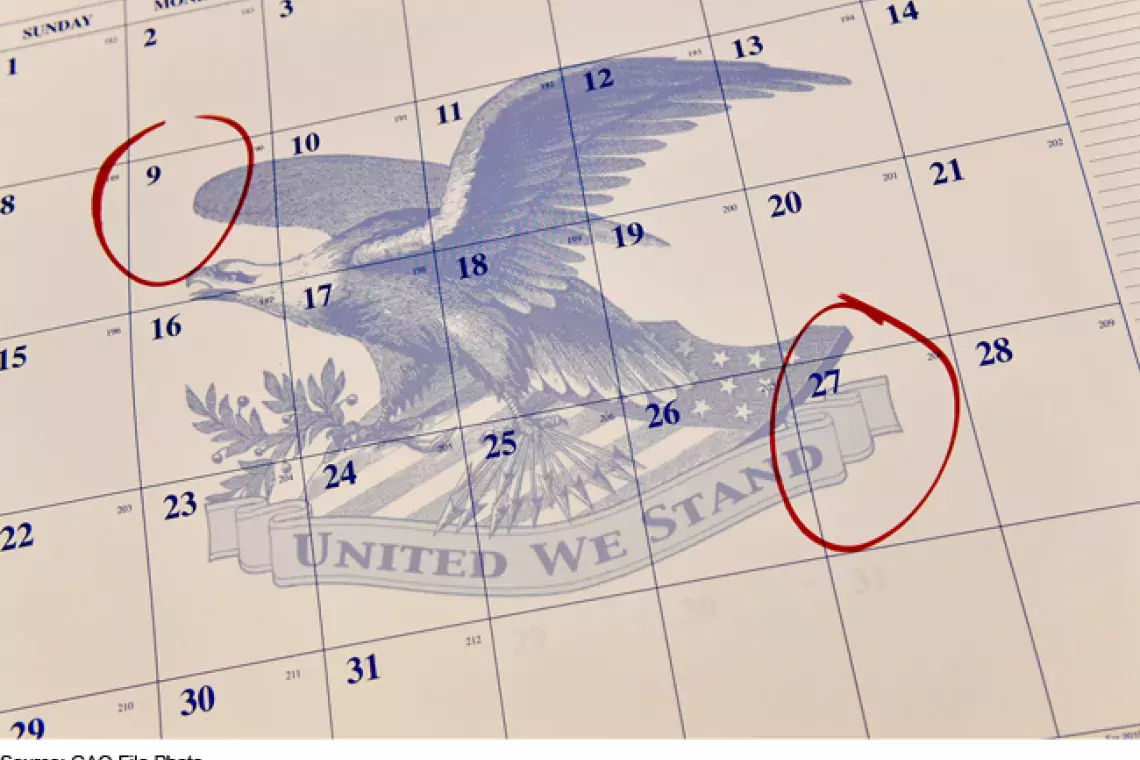Addressing a Shortage of Critical Skills in the Federal Government
A talented workforce ensures the federal government is working effectively. However, we’ve previously reported and testified on gaps in skilled talent in the federal workforce—talent that is critical in areas like cybersecurity, acquisitions, and STEM (science, technology, engineering, and math).
So, what’s the government doing to fill these gaps? Today’s WatchBlog explores our recent report on special payment authorities.
What are special payments?
Federal agencies can tap an array of incentives when they need to recruit or retain experts with critical skills. Agencies have seven broadly available authorities to make special payments, such as increased pay rates, retention and relocation incentives, and student loan repayments. Many agencies we contacted reported that special payments have had positive impacts on staff retention, job applicant quality, and filling critical skills gaps.
Do special payments work?
The federal agencies we reviewed only used these special payments for a small number of employees—less than 6 percent of over 2 million employees—in FY 2016. However, while many agencies reported that special payments had positive impacts on staff retention and job applicant quality, few had information on how effective these payments actually were at meeting staffing needs.
Stay tuned…
Constrained budgets and a potential upcoming wave of employee retirements underscores the need for agencies to cost effectively use these special payments to retain critical employees.
However, we’ve found that, while the Office of Personnel Management collects data on how agencies use these special payments, it doesn’t track government-wide data or encourage agencies to analyze whether these payments have helped improve recruitment and retention.
OPM also hasn’t consistently shared best practices and innovative ways to use special payments. By not tracking data and providing guidance to help agencies, OPM may be missing opportunities to promote the use of special payments and will be unable to determine whether payments help agencies to improve recruitment and retention.
To learn more, check out our report.
- Comments on GAO’s WatchBlog? Contact blog@gao.gov.






